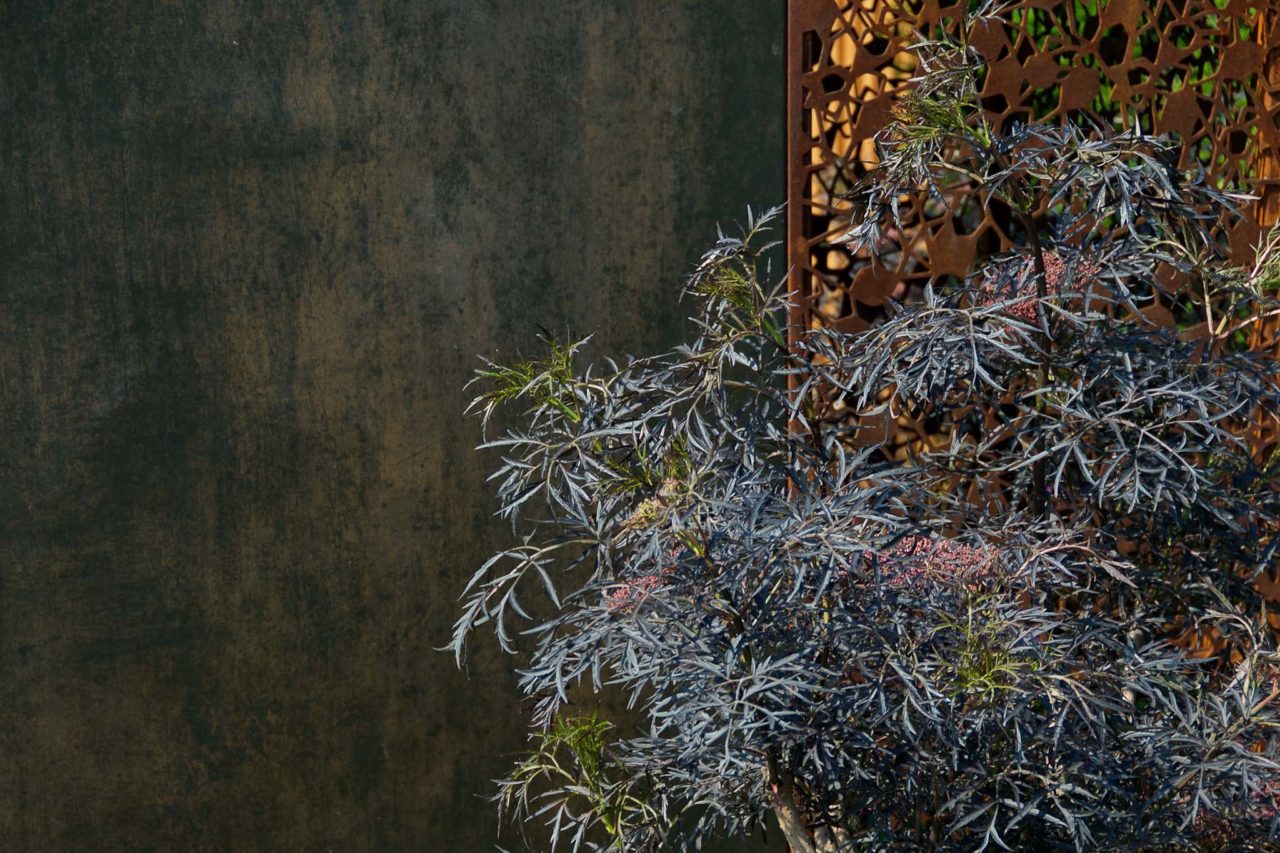It’s been a while. All things Oxonian have been pleasantly ensconced in a deep slumber. Until now, that is. Armed with a new cozy jacket, studded with ingenious buttons, all things are go chez maison Oxonian. Henceforth, we shall rekindle interviews, poke, prod, and investigate all things horticulture within and beyond the realms of the garden. Not forgetting, the terribly exciting allotment saga’s. The act of gardening, plants, books, tools, experts, garden visits, shows, all things a la mode and those not so, will grace the funky pages of said blog. Though all will be revealed in the dueness of course…
And today we shall be mostly in tatters….
With that in mind, armed with my trusty camera, yours truly headed to grace the grandest flower show of all; the RHS Chelsea Flower Show. Groundwork completed on Sunday, Press day was to provide the final touches for said post. Brimming with excitement, adorned in Sunday’s best, yours truly failed to spot the precipice that was the walkway edge on Main Avenue and hit the ground running. Literally that is. Blinded by the Windex sparkle of Chris Young’s [1] spectacles, in front crowds of bedecked Main Avenue paraders, my 6 foot 3 self unceremoniously toppled to the ground just minutes on entering the show. Camera thankfully spared, but knee shredded, ankle wounded and new trousers in tatters. Brilliant. Full day to go, with injuries and torn trousers. Generously provided duct tape repair in place, no one (kindly) seemed to notice my frazzled attire. My ankle tells me though, that it’d be worth the show organiser, to review the walkways & levels on Main Avenue. The RHS Health & Safety bibles show designers and contractors need to adhere to are legendary. Yet, this bit of poor RHS construction would certainly raise a few judging eyebrows and probably not even scrape a (bronze) medal. A word of thanks to Chris, for aiding a damsel in tatters, and apologies to the alarmed group you were guiding around the show. Not sure they bargained for this spectacle…
For the cause
Wandering around RHS Chelsea, one is easily overcome by the glitz, and sparkle of the show. Perfect gardens that look like they have been there for years, perfect plant specimens, exceptional trees – basically the very best horticulture has to offer. Yet what really should be celebrated and reported (more), is the incredible work and dedication required to be part of Chelsea. All participants work incredibly hard to make it happen, but it’s especially challenging for the plantsmen & women either growing for or exhibiting at the show.
Participating nurseries make notable (financial) sacrifices and overcome substantial physical & mental obstacles to be (RHS) rewarded for their plant passion. Privileged to experience and participate behind the scenes, I have met many of the wonderful people who dedicate months (sometimes years) of their lives, endure countless sleepless nights, nightmarish weather fluctuations and buckets of anxiety to make it to the show. Knowing them and the work it takes, I find it increasingly difficult to see the debilitating disappointment where golden medal relief is not granted. Especially so, for the nurseries exhibiting in the Great Pavilion.
So why do they do it? The answer, often accommodated with a shoulder shrug, is always the same; ‘Because it’s Chelsea‘.

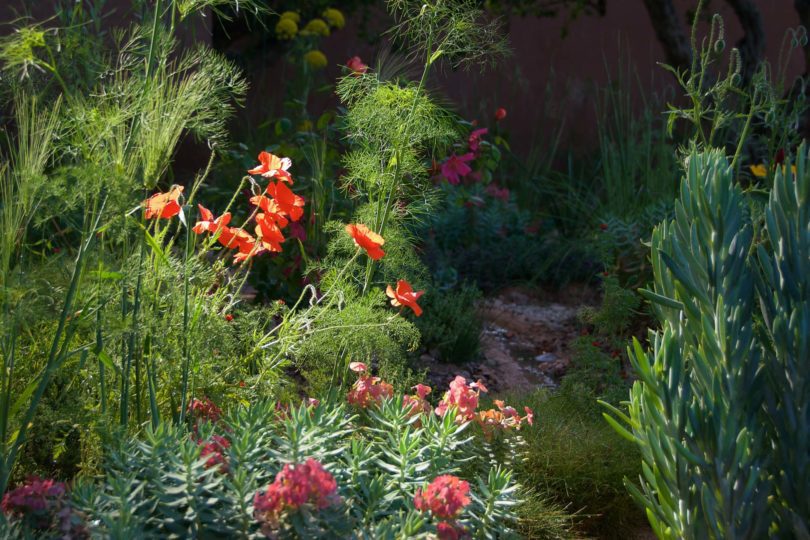
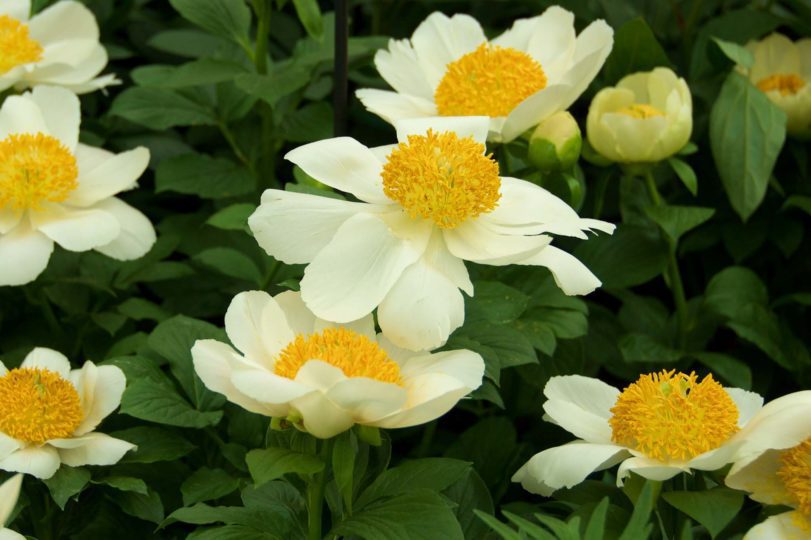
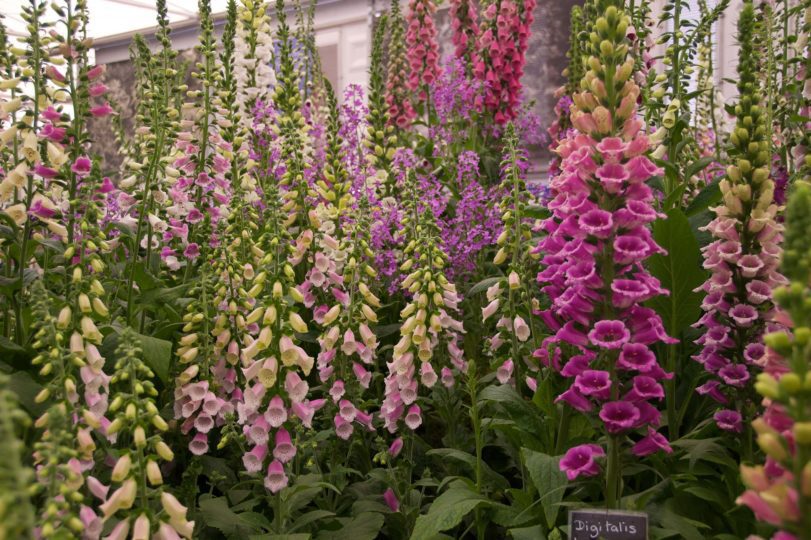



Cash Cows and Dogs
Exhibiting/showing at Chelsea is both for prestige as well as marketing & sales exercise – both for large and small players. There are certainly positive reports of (new) plant launches that have encouraged cash registers to ring with glee back at the nurseries. Hillier’s Corydalis ‘Porcelain Blue’ launch at RHS Chelsea in 2017, reportedly translated to 150,000 sales worldwide [2]. Sounds good, but there are no guarantees new introductions will fall (enough) in favour. Furthermore, if such sales cover the cost of growing fort and exhibiting at Chelsea is debatable. Show displays will include ‘Star’ plants and reliable sales performers, but also the obscure and hence low growth/market share plants, which are often their (original) USP.
The capital required to participate in the show in terms of; staff, plants, logistics, London incurred costs, and especially the extensive opportunity costs of business focus away from the nursery during prime spring (sales) season is substantial. For smaller independents this continues to be a huge stumbling block and their presence at the show should therefore always be celebrated and supported.
To complicate matters, as the spirit of the show purports, it’s not enough to just be there, but they must really be there. Nurseries must pull out all the stops to not only stand out from the crowd of similar perfectionists, catch the eye of the visitors and press, but most importantly gain a high enough carat calibre to support follow-up sales efforts. That requires effort, sacrifice and often forgoing economic reasoning.
John Massey of Ashwood Nurseries is a case in point. In 2016, against incredible odds he pulled off a superb Hepatica display. Hepatica’s are tricky plants and thereby don’t necessarily have broad public appeal. Yet, that did not stop Massey producing his single genus display. Back again in 2018 with his team (Kevin Belcher and Michael Brookes), Massey produced another extraordinary, (again) single genus display featuring at least 10 species of hellebores with more than 100 hybrids. Months of cold and warm storage plant bingo, without any guarantees of success did not discourage show participation. Remember with just one plant family on show, there is nowhere to hide if it goes belly up. I’m in awe of this nursery. A hellebore display of this calibre, at the end of May, for the pressure cooker show that is RHS Chelsea, takes extraordinary courage, superb plant knowledge and flair. Huge kudos to you John and team Ashwood.
Grow grow, grow your plants…
For good reason, the majority of show garden plants are grown by the larger nurseries. There are three that spring to mind, which Val Bourne amusingly refers to as the ‘Holy Trinity’ nurseries [3]; Crocus, Hortus Loci and Kelways. Show garden growing is an arduous task that requires scale. For every hundred ordered, they will probably need to grow another hundred just to ensure they are of the right size, exact number of flowering buds, and are in peak condition. Growing large quantities of single varieties is a risky business, and with our recent cold and grey spring that’s not an easy task.
That is not to say that niche nurseries aren’t growing for show gardens. Crug Farm grew plants for Tom Stuart Smith’s Weston Garden, Phoenix Perennial Plants and Orchard Dene grew wildflower plants for Sarah Price, and Jekka McVicar grew herbs for Paul Hervey Brooke’s Viking Cruises garden. For nurseries such as these, growing for Chelsea is a real challenge. We therefore salute you and your beautiful plants. It’s always wonderful to find your specialist treasures amongst the, though very beautiful, plant mass.
Interesting to note are the (new) partnerships between the smaller nurseries and larger nurseries for shows such as Chelsea. The amazing Marina Christopher of Phoenix Perennial Plants, collaborated with Hortus Loci to grow plants for the Seedlip Garden. As Marina explained, her involvement with garden designers and nurseries such as Hortus is steadily growing. As a consultant on the project, Marina provided plant suitability, selection and growing advice. For this year’s Seedlip garden Marina was responsible for sourcing and growing many of the herbaceous members of the pea family featured on the garden. She sourced the seed, germinated and grew the plants to 9cm pots, for Hortus to then grow on to show size & standard. Such integral collaborations are wonderful to see and I hope to see many more in the future.
Big brothers

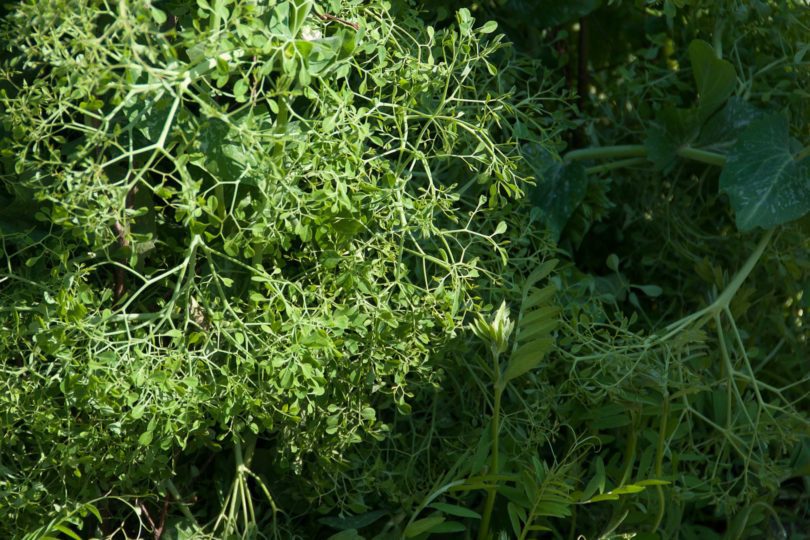

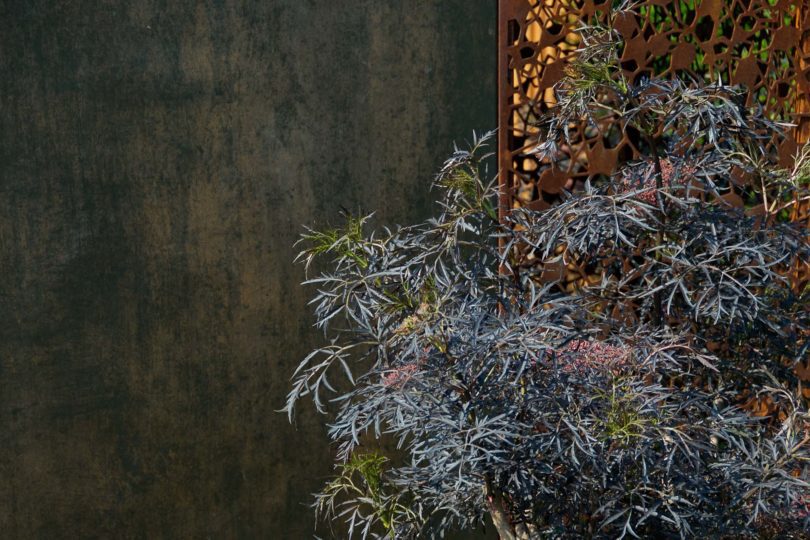
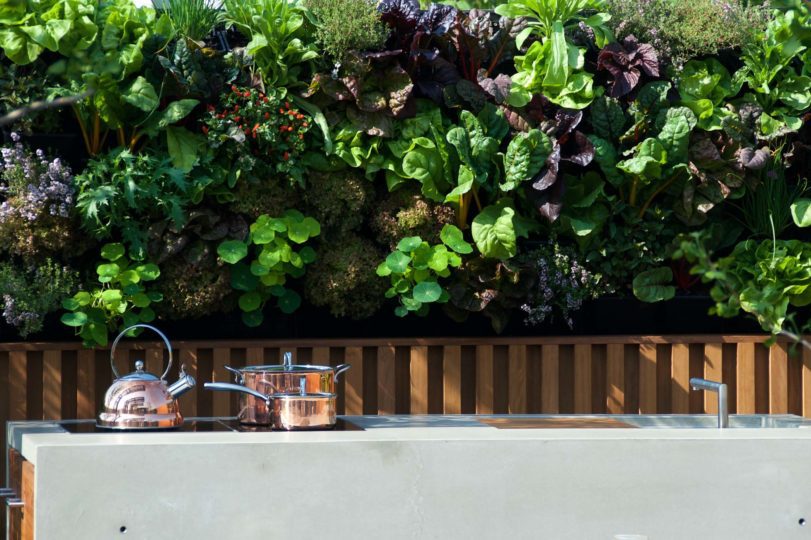
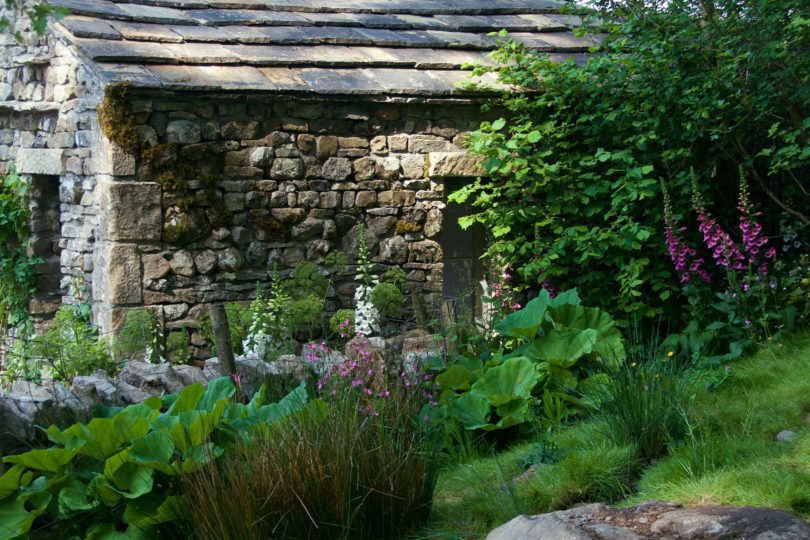
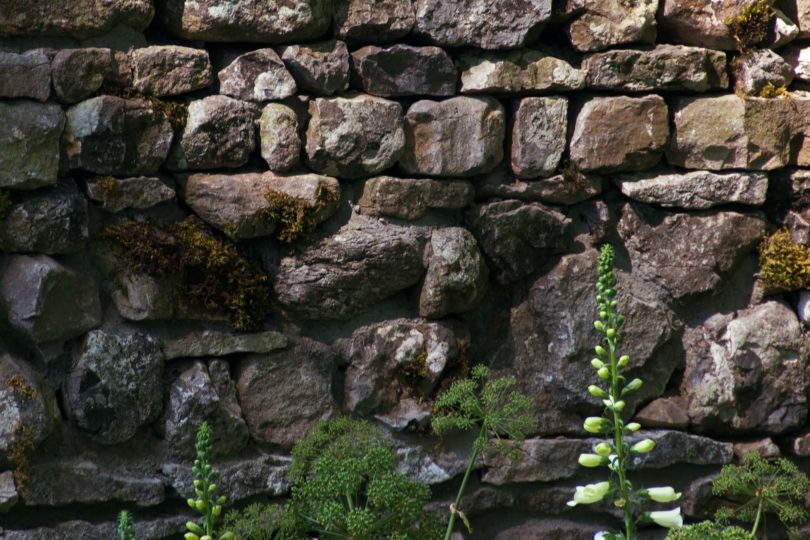
Just to be BBC and fair, larger players too deserve a pat on the back and hence shouldn’t be excluded in this context either. Take Crocus for example working on the M&G Garden. Granted, they are big nursery boys. They certainly don’t provide contractor and plant growing services for free. As show veterans, RHS Chelsea is now probably routine, and with the advantage of scale, I presume little phases them. Though, they were again partners on a show garden that doesn’t exactly translate to our sodden, UK gardens. In 2017 it was James Basson’s Maltese Quarry (M&G) and this year it was Sarah Price’s wild landscape show garden (M&G). Gardens such as these have true Marmite appeal. You either love their delicate nature, or wince at the landscaping and barely planted patches. The plant choices for these gardens are audacious and therefore not to everyone’s liking. I certainly can’t envision, people queuing at their nursery to buy car loads of woad, pitch trefoil, or some of the canary clover planted in Sarah Price’s M&G garden. Can you? I therefore salute such bravery when it comes to RHS Chelsea show gardens, without which it would truly be a duller experience.
A note of mention too, to the exhibitors at RHS Chelsea. Along with ticket sales, exhibitors are the economic backbone of shows such as these. Without their involvement there just wouldn’t be a show. Granted they’re there for commercial reasons but that doesn’t mean their stands are solely governed as such. Gaze Burvill is a good example, whom in partnership with the delightful Butter Wakefield produced a beautiful stand with exquisite planting worthy of a show garden. Similar efforts are made by the likes of Alitex, Hamish Mackie and Rupert Till. Having said that, (whispering now) I’m less convinced tree houses and driftwood sculptures should have a home on Main Avenue, no matter how amusing that slide may be….
Grand Crûg & the come back kids
This year’s show was one of comebacks. Sarah Price returned to the show after six years with her romantic wildflower haven for M&G, and his almighty hortiness, Tom Stuart-Smith came back after a hiatus of eight years to design the Weston Garden. Stuart-Smith’s garden (or installation I’ve heard it called) in the Great Pavilion has to be one of my favourite gardens of the show. A phenomenal exhibition of design and plantsman-ship, without any gimmicks. The Weston Garden included no sculptures, buildings, water features, prescriptive views through, or anything of such nature. Just trees, shrubs and plants. All beautifully planted in a fabulous, intimate yet inclusive design.
Stuart-Smith has a superb eye for intriguingly beautiful plants. The garden included wonderful specimens of Polygonatum verticillatum ‘Giant One’, Maianthemum (gigas, laxiflorum and canadensis), Disporum longisstylum ‘Green Giant’, Rodgersia henrici all cleverly grown by the wonderful plant hunting duo; Sue and Bleddyn Wynn-Jones of Crûg Plants.
I suspect we may see more of these kind of gardens/installations in the Great Pavilion in future. As it’s strictly an exhibit, the build time is just 10 days, as opposed to 3-4 weeks for a show garden. The budgets are therefore far lower, and yet the result equally beautiful and memorable. Endearingly too, as Stuart Smith pointed out, one of the difficulties of designing a show garden for Chelsea means that you have to turn your back on your own garden, in the prime of spring. A point I most certainly understand, especially as his argument was being supported by the charming Carol Klein humming Elvis Costello’s ‘I don’t want to go to chelsea‘….
Most exciting though, was to see a return of the mighty Ellen Willmott to Chelsea. A plantswoman, whom surprisingly continues to be overlooked, yet should be celebrated so more. Sue and Bleddyn Wynn-Jones of Crûg Farm, honoured the good lady in their fabulous dry shade exhibit in the Pavilion. Their display was inspired by Willmott’s only surviving garden, Boccanegra in Italy [4].
Crug’s captivating exhibit featured Willmottian plants that still thrive at Boccanegra today, such as Aspidistra, Oreopanax, Ophiopogon and Ruscus. Truly delightful and humbled to gain a sense of the adventurous planting prowess of Ellen Willmott, whom was growing such ‘novel’ plants in the early 1900’s. Willmott bought Boccanegra in 1905 and happily gardened there until it was unfortunately sold in 1923. Thankfully, the successive owners had the foresight not to alter the structure of the garden, but keep it fresh and alive.
Chelsea ‘Team Crug’ included, the delightful Ursula Salghetti Drioli, the current ‘keeper’ of Boccanegra in Italy. Ursula isn’t at all phased by gardening in her famous garden. She explained that making changes, introducing new plants and replanting areas is necessary to keep the ‘spirit of the garden’ alive. Very much the motto of Fergus Garett at Great Dixter.
Despite the euphoria of working with team Crug at RHS Chelsea and honouring Willmott, Ursula feels strongly that Ellen Willmott’s memory is somewhat betrayed by Eryngium giganteum, colloquially known as `Miss Willmott’s Ghost’. There’s no doubt it’s a wonderful tale, but there is so much more to Willmott than a prickly thistle.
Similarly to looking beyond the veneer that is Chelsea, or yarns such as these, surely the time is right to appreciate, highlight and support the true genius behind it all – our extraordinary plantsmen & women, without whom flower shows and our gardens would look very dull indeed.
- Chris Young editor supremo of The Garden
- BBC RHS Chelsea, 2018 coverage, Episode 5
- Val Bourne, ‘Dedicated growers are the heroes of the day at Chelsea’, Telegraph, 20 May 2018
- Inspiration for their exhibit also included gardens in the ‘area’ of Boccanegra, which included; La Mortola, Jardin Botanique Les Cèdres & La Mouissone in Grasse.
